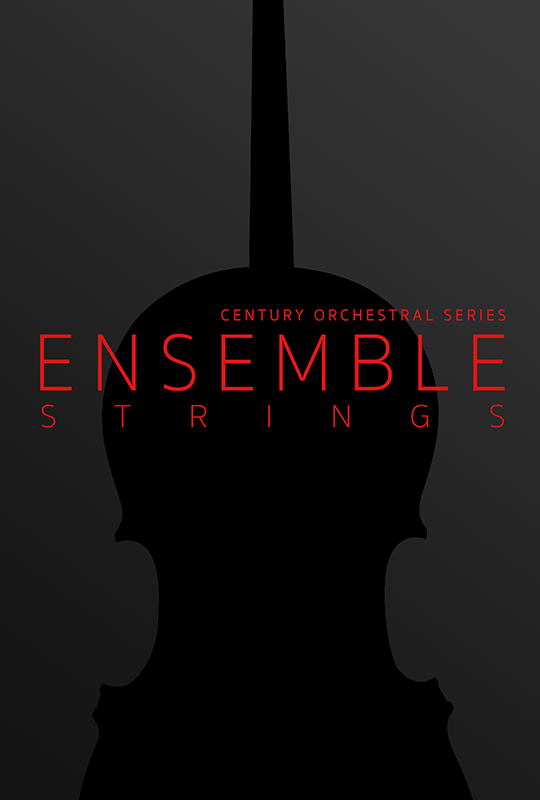8Dio – Century Ensemble Strings 2.0 (KONTAKT)

Strings Collection: First Violins, Second Violins, Violas, Cellos, and Double Basses Our flagship collection of chamber strings. This is the new standard for deeply sampled, emotional strings.
This unique collection consists of four different chamber libraries.
The first is Ensemble Strings, a chamber ensemble of traditional strings, consisting of first violins (6 players), second violins (4 players), violas (5 players), cellos (4 players) and double basses (4 players).
The second is Sordino Strings, a chamber ensemble of muted strings. These are muted strings, they have a silkier and darker tone. This is the most extensive collection of muted strings with a deep, emotional sound. Sordino Strings have a similar symmetry to Ensemble Strings, so both can be used as a single unit.
The third and fourth are two separate libraries of Ostinato Strings. They are designed to offer you fully realistic repeating strings, which is not possible with traditional multisamples, although we also offer a large number of these. Each of the two Ostinato Strings libraries features the same chamber string ensembles as the first two, but they focus on ostinatos and short notes. Volume 1 features traditional ostinatos, while Volume 2 focuses on more advanced ostinatos and rhythmic variations.
Century Strings was recorded in a new advanced environment that allowed us to have both raw (hall) and close (studio) sounding instruments. This means you have complete control over the room, from big, lush orchestral strings to studio-sounding instruments. Seven different microphone options include Mixed A, Mixed B, Decca, Wide, and three close studio spot mics (Close 1-3).
All legato articulations are dynamically layered, and many have full vibrato control. All arcs are also velocity-based. Play softly and get soft arcs. Play harder and get more pronounced arcs. They were also recorded at different speeds, so they can elegantly complement your composition. And let’s not forget the short notes that were recorded so carefully that they may never need to be sampled again.
The new user interface ties everything together. Open the entire articulation menu with a few clicks. Get instant access to all mic and articulation controls. Century Strings contains all the articulations you would expect, plus a host of new and intelligently programmed patches.
New in Version 2.0
Century Strings 2.0 is the largest and most advanced update to any library collection we’ve ever released. The update includes our new True Polyphonic Legato, 2 new mic positions in natural orchestral position, expanded articulation browsing, speed optimizations, and the additional Century Strings Lite library.
The new True Polyphonic Legato is designed for both traditional, dynamically layered legato and our popular Arcs. You can literally play as many notes as you want – whether it’s a single melody with chords or playing the strings in octaves. We call this Chord Legato. Our new, improved Arc Legato gives you the ability to play arcs with true polyphony, following the natural emotion and movement of the arcs. We call this Poly-Time Legato.
Century Strings 2.0 also includes two specially created “on-the-spot” mic mixes with instruments positioned in traditional orchestral position. Mix A is a focused scene, while Mix B has a larger sound and is designed for large-scale blockbuster mixes. The different mixing options for different instruments can help improve the sound separation, which is a great way to bring certain instruments to the forefront of your productions. We’ve also optimized the entire library, providing more advanced features and superior performance across a variety of workstations. Newly added chaos effects give you the ability to customize your signal flow and post-processing with over 140 impulse responses, stereo delay, EQ, and more.
Plus, all owners of Century Ensemble Strings and Century Sordino Strings get an updated version of Century Strings Lite, an additional score tool in the collection that lets you quickly notate entire string parts, pre-loaded in natural orchestral positions.
The Samples folder (over 155,000 files) was placed in the ISO file. This file should be extracted to the root folder of the library.